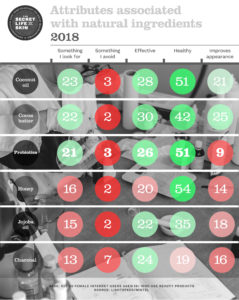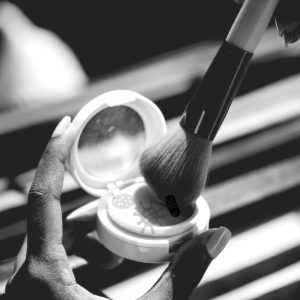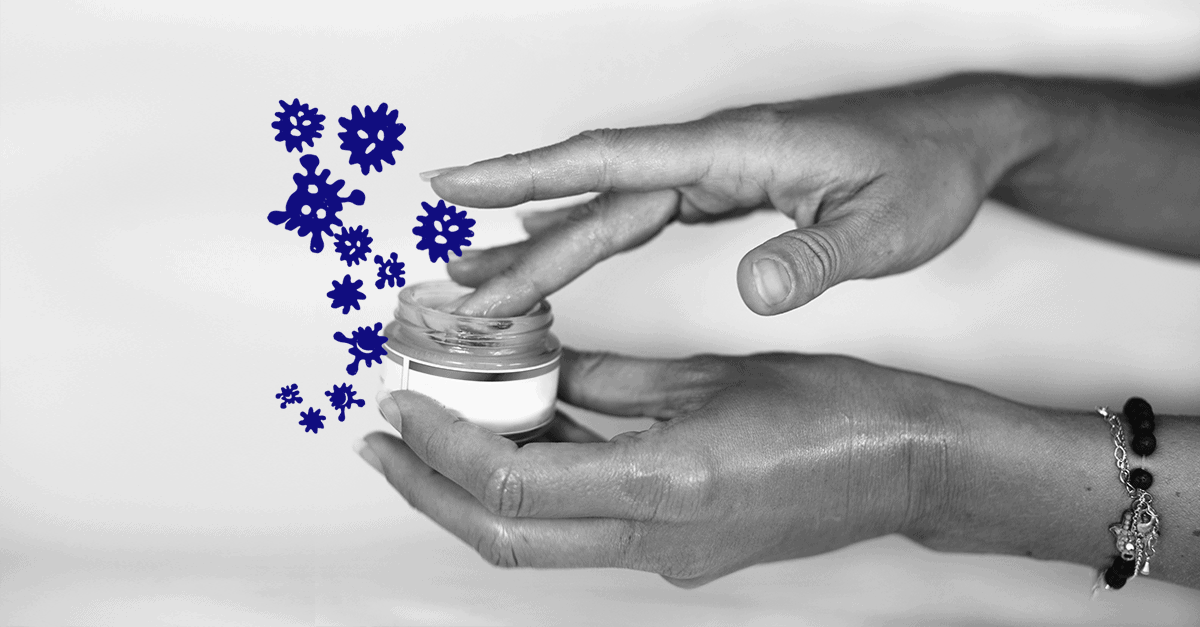Visit any health food store, browse any specialist beauty website, or scan any major beauty retailer’s shelves and a handful of related words will leap out at you – microbiome, probiotics and prebiotics.
This is no accident. Product launches never happen in isolation; they are always a reflection of macro trends and changing consumer behaviours. The focus on personal wellness is fuelling interest in the microbiome and this in turn is fuelling and accelerating launches of microbiome-related skincare. In the last couple of months we have seen a number of new entrants to the market: Murad introduce its Prebiotic 3-in-1 MultiMist and 4-in-1 MultiCleanser; Espa’s AgeDefying Tri-Active Advanced ProBiome; and Juice Beauty’s Prebiotix moisturizer and supplements. All of which specifically refer to the microbiome.
However, to harness this interest and ensure that the microbiome doesn’t become an empty buzzword, it is important to investigate and measure consumer understanding of the topic.
Consumer reaction
At Mintel, we have been talking to consumers around the world gauging their reactions to, and understanding of, the interplay between probiotics and the skin. While probiotic skincare is still relatively under-explored, we have detected distinct consumer interest in its benefits. Our research illustrates that half of US women who use beauty products regard probiotic ingredients as healthy and 26% believe they are effective. Yet, just 9% say that probiotic ingredients improve their appearance – these women still haven’t linked probiotics with skin health.

There is clearly an opportunity for brands and suppliers to educate consumers about skincare ingredients and their benefits for their skin – even if the benefits aren’t immediately visible. Our research shows that the key is to use relatable language and familiar references, which link products and ingredients to everyday life.
In December 2018, Mintel ran focus groups in the UK and China to dig deep into consumers’ responses to microbiome related skincare. We separated women into three groups (norma, sensitive and acneic skin) and explored their responses to the microbiome, prebiotics and probiotic skincare.
Despite the cultural differences between Chinese and UK women, both described ideal skin as “glowing, healthy and even or balanced”. We discovered that Chinese women follow a much more rigorous skincare regimen and are more knowledgeable about ingredients and formats. With that in mind, we weren’t surprised that a third of our Chinese participants had heard of probiotic skincare, and two participants had tried it. In contrast, only one UK participant had heard of probiotic skincare and one had heard of probiotic supplements that nourish the skin from within.
“There is a lot of pollution in Shanghai, so I am forced to wash and cleanse my skin when back home. These cosmetics would help restore the skin microbiome balance.”

Both nationalities, however, were broadly aware of probiotics in connection with yogurt and drinks, such as Yakult, linking them with gut health and in some cases linking gut health to balanced skin. “These products would balance the face because that’s what they do in the gut,” said one UK woman.
When we introduced marketing and product concepts to the focus groups, we found that this concept of dietary balance was widely popular, but particularly for those who suffer from sensitivity or acne. The acne groups strongly responded to a scientific approach that clearly explained how and why probiotic skincare works. “It makes sense,” said one, “the microbiome is a layer of your skin, on the surface, and it needs to be taken care of too.” This focus on balance also resonated with Chinese women. “There is a lot of pollution in Shanghai, so I am forced to wash and cleanse my skin when back home. These cosmetics would help restore the skin microbiome balance.” said one of our Chinese participants.
Product launches can be more ambitious
Armed with these fresh insights, we are confident that microbiome-related skincare has considerable potential, once the products become more available. Our Global New Product Database (GNPD), which collects products launched in more than 60 countries around the world, shows that although facial skincare launches targeting the microbiome more than doubled between 2013 and 2018, they still represent just 8% of category launches. Fewer still mention probiotics or prebiotics on the packaging.

Our focus group findings show that brands shouldn’t be frightened to use technical language, as long as it’s clear and credible. This will neutralise consumer scepticism and ensure that the microbiome becomes more than just a buzzword, making pre/probiotics a permanent part of the cosmetic brandscape.
New claims will emerge, supporting the repositioning of legacy products and the emergence of new entrants. Perhaps the most exciting area will be complementary regimens, which bring together topical, ingestible and wearable products, which help consumers to manage their microbiome and which open the way to exposome beauty and personal care.
For similar content, visit the Content Hub

